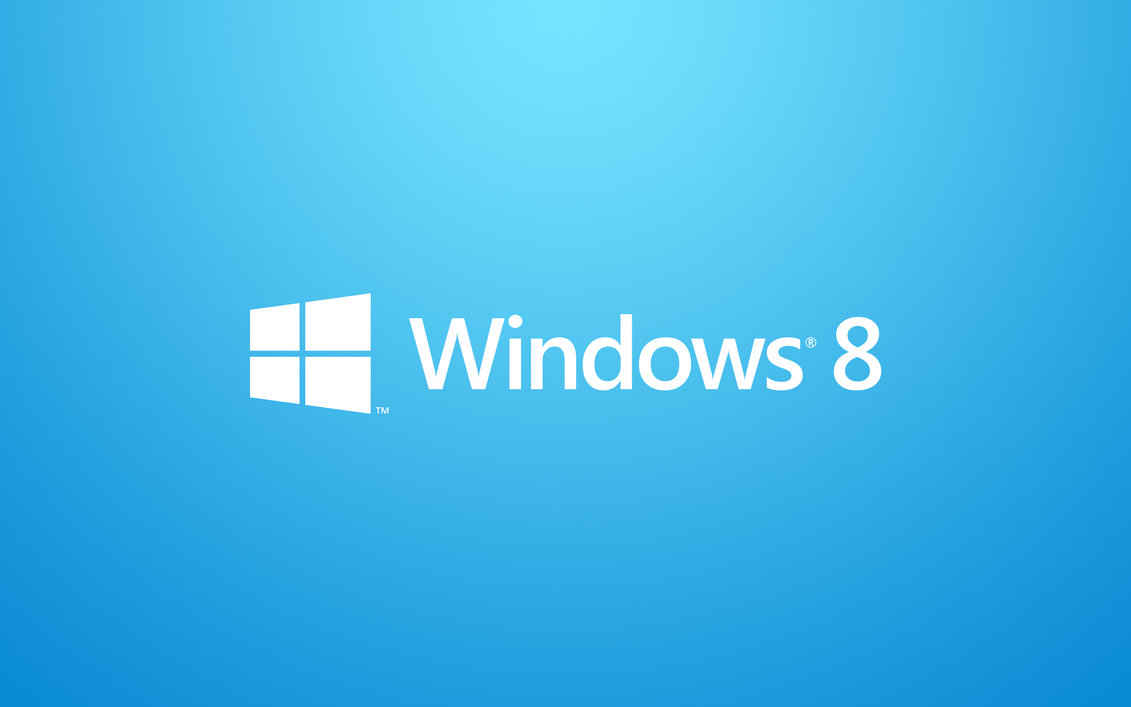Ultrabook buying guide: Does it make sense to buy one right now?
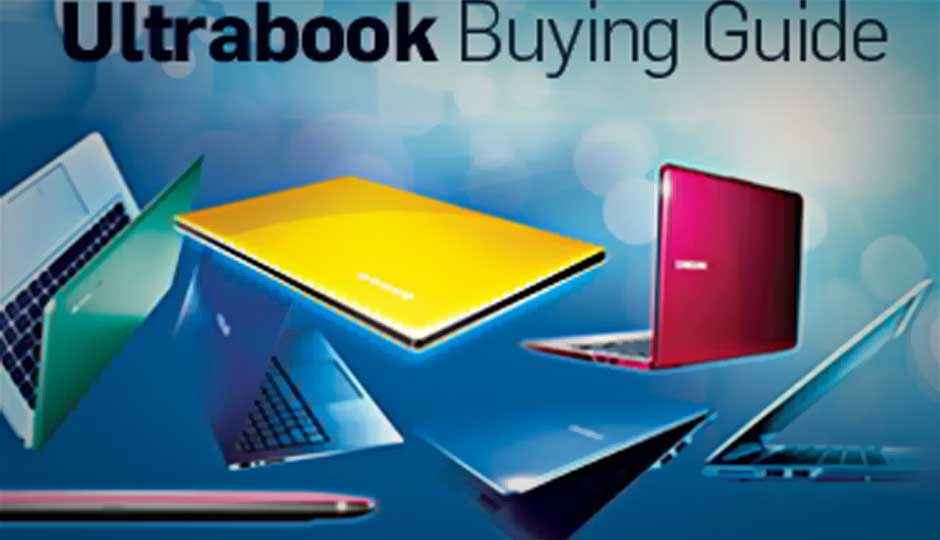
If you have been following the category of laptops closely in the past six months, then the word ‘Ultrabook’ wouldn’t have been lost on your ears. Yes, Ultrabook is a new sub-category within mainstream laptops that’s exploding all around us. Some industry experts are hailing it as the inevitable future of all laptops.
 Survey
SurveyBut let’s not look too far into the future while Ultrabooks have surfaced around us just a few months ago. No one can deny the fact that as far as 2012 goes, Ultrabooks is the new buzzword of the laptop PC market. Here’s what you should know about an Ultrabook if you or your friends are contemplating to buy a new laptop soon.
What is an Ultrabook?
Intel defined netbooks very clearly back in 2007-2008 as mini-laptops with a small, compact form factor, ranging from screen size 10 to 11.6-inch, and all running some variant of Intel’s Atom processor. However, Ultrabooks aren’t categorized in such well-defined terms. Having reviewed the majority of the Ultrabooks launched in India, we know that these are mainly thin and light laptops that offer increased ultraportability without compromising on performance.
Other specific design and hardware attributes of an Ultrabook range from the MacBook Air-like unibody chassis that sports a sealed battery compartment for prolonged battery life; a low-powered variant of the latest Intel Core i3/i5/i7 processors with onboard graphics; and SSDs for storage, among other things.
How is it any different from a regular laptop we hear you ask? Well, for the most part, it isn’t. Compared to the netbook, which brought the 10-inch form factor to the masses and made it mainstream, Ultrabooks aren’t hugely different from laptops sold now or 5 years ago. In fact, they’re a natural progression of a category’s evolution and demands — slimmer design, better performance, longer battery life. But it’s all packaged in a different marketing machine called the ‘Ultrabook.’
While there may be small differences between a regular laptop and an Ultrabook’s design and hardware, the biggest difference we see is from the manufacturers. Earlier, offering an ultraportable laptop for consumers was considered as essential to complete a range or portfolio of distinct laptops for a few well-established laptop manufacturers. But that isn’t the case anymore. Nearly every laptop manufacturer, including the ones who never before sold an ultraportable laptop, will launch an Ultrabook this year — most of them are set to launch multiple variants — and most have launched their first Ultrabooks already.
Why is that? It’s high on Intel’s agenda this year. In fact, according to Intel, 70% of new laptops launched this year will be Ultrabooks. Acer, Asus, Dell, HP, Lenovo, Samsung, and Toshiba have already launched their first Ultrabook laptops in India — Acer was the first among the lot, while Dell joined the club only a few months ago. Most of them have a 13-inch form factor and a slim, ultraportable profile. I think the heaviest Ultrabook we’ve picked up weighed 1.5 kg, while the lightest was around 1.3 kg — that’s the same weight as a 10-inch netbook!
We must say that we’re quite impressed by the overall capability of most Ultrabooks we tested, running on Intel’s Core i5 or Core i7 processor, they could easily match and, in some cases, surpass the performance offered by a 15-inch entertainment laptop. The HP Folio 13, especially, didn’t let its faster processor dampen its battery life score — it lasted easily over 5 hours on a single charge — a feat that most regular laptops will find hard or impossible to emulate. So yes, the excitement surrounding Ultrabooks is justified to a large extent.
Specs demystified
So you’re excited about buying an Ultrabook and dump your boring old laptop, but you’re not sure what to look for. What makes an Ultrabook special and rise above the levels achieved by regular laptops? We take a closer look at the essential specs that matter and what you should look for before buying your next Ultrabook.
1) CPU
As far as Ultrabooks go, the magic is all in the processor. Remember what we said earlier that similar to ‘netbook’, the original mini-laptops that surfaced back in 2007, the term ‘Ultrabook’ is something that’s coined by Intel. It is Intel that’s providing manufacturers with special processors to be used only in Ultrabooks. That was the case back in late 2011, when the first wave of Ultrabooks arrived sporting second generation “Sandy Bridge” Core processors, it is the case now with recently launched and upcoming Ultrabooks sporting Intel’s “Ivy Bridge” chips — third generation of Core processors.
Almost all Ultrabooks we’ve seen so far either sport Intel Core i5 or i7 processors. Needless to say, these processors are quite powerful and are able to handle every-day apps and multi-tasking quite easily. They also provide very good HD 1080p video decoding for smooth movie playback. We don’t know if there’s a low-powered Core i3 processor-based Ultrabook up for grabs, but whether you’re a student, professional or home user, the Ultrabooks you buy will easily support your every-day task (apart from gaming). Another thing to remember that the minimum performance benchmark in an Ultrabook is always higher than a regular laptop of a previous generation. So despite the Ultrabook’s anorexic dimensions, there’s still more firepower locked inside its hardware than a regular laptop ever before.
2) RAM
A general rule of thumb for any PC, not just specific to Ultrabooks, is that the more RAM a PC has, the faster is its performance. In what way? Although apps and programs are installed on the physical hard drive, when they’re accessed or opened, the working parts of the program are fetched and loaded into the system memory or RAM. If two identical PCs have only differing quantity of RAM inside, the PC with greater RAM normally works a bit faster than the other.
Among all the Ultrabooks launched till now, we’ve seen a minimum of 4GB DDR3 RAM (clocked at 1333 MHz) as a standard. This is a good starting point to make the Ultrabook capable of handling almost all everyday tasks without a hitch. However, our advice to you would be to bump up the RAM (if possible) during the time of the purchase. Manufacturers usually have one or two SKUs (stock keeping unit) for every range of Ultrabook they launch — they have slight differing specs from each other. If you get your hands on an Ultrabook that offers greater RAM, and if you can afford it, definitely go for it. We’ve heard from manufacturers that the cost of upgrading RAM during the point of sale is lower than upgrading it later in the product’s lifespan.
Of course, if you’re the tinkering type who likes to open their laptop and service them personally, buying a high-performance that’s supported by the Ultrabook chipset after purchasing the notebook is another option.
3) Storage
Can sleek, thin laptops have higher-capacity hard drives? Of course, they can, but what’s the point? Higher-capacity hard drives (750GB and above) are rare on mainstream laptops because they’re expensive — but we’ve seen the Samsung Series 5 Ultrabook come equipped with a whopping 1TB internal hard drive. To add them on to an Ultrabook would just jack the prices of these premium laptops even higher.
We have seen Ultrabooks offer between 320 GB to 500 GB of storage, if they come with an internal hard drive. For Ultrabooks that sport a faster SSD, current norms dictate disk capacity between 128 GB to 256 GB. Manufacturers are very careful when it comes to offering Ultrabooks with SSD-only storage, because cost-per-GB of an SSD is still extremely high compared to a conventional, spinning hard drive. The decision that they have to make is whether the end consumer will be satisfied with a lower-capacity drive vis-a-vis a competing offering which has more storage, since speed of competing SSDs isn’t hugely different.
If you’re contemplating an Ultrabook purchase, understand one thing. To gain higher performance, an SSD completes the ‘holy triumvirate of performance’ when paired with a high-speed processor and fast RAM. If these three things are high-performing, your machine will be high-performing. For users who don’t want their Ultrabooks to break performance records, you’re much better off opting for an internal hard drive for a storage option. And guess what? That decision will help you save a few thousand dollars easily.
4) GPU
Should you buy an Ultrabook with on-board graphics or should you shell out a bit extra for that other Ultrabook which has the cool new GPU that everyone’s raving about? It’s an important buying decision, considering which direction you choose, for it has long-term implications on your Ultrabook’s usefulness.
Regular laptops are thick, clunky and have comparatively larger area to incorporate bigger volume of hardware. Designing Ultrabooks with a dedicated GPU isn’t exactly a cakewalk — there are physical and thermal restraints that just can’t be breached. So you have two types of GPU options on an Ultrabook (actually, on any other laptop as well): onboard and discrete. As you’d expect onboard GPU is provided by the chip manufacturer (in this case, Intel) while discrete ones are embedded onboard via third-party graphics chips.
Third-party graphics processing units have come a long way since Nvidia showcased its GeForce 256 all the way back in 1999. NVIDIA and AMD recently released their GeForce 600M and 7000M mobility GPUs, respectively, for use in modern Ultrabooks and laptops. Both manufacturers are extremely competent and both have their pros and cons. Unfortunately, as far as Ultrabooks is confirmed, which GPU you end up with isn’t wholly dependent on your choice alone. For unlike desktop PCs, where you can remove and replace one card after another, that simply isn’t possible on an Ultrabook or a laptop. It may so happen, going by the variety of Ultrabook SKUs launched in the market, that you may like the GPU on one machine but not the choice of processor, or vice versa.
But one thing’s for sure. If you have intentions of gaming with the latest games on your brand new Ultrabook, definitely opt for one that has either NVIDIA or AMD graphics. If you aren’t so enthusiastic about gaming, let me assure you the onboard Intel graphics is more than sufficient for your use.
5) Screen
The early Ultrabooks that were launched late last year sported machines that had a fixed form factor — 13-inch. For some unspecified reason, the first wave of Ultrabooks only came with 13.3-inch screens. They ignored all other form factors. But Samsung and HP launched 14-inch variants, respectively, earlier this year and recently Lenovo also announced their first 14-inch Ultrabook for the Indian market — the Lenovo IdeaPad U410 — and so has Dell.
It’s commendable that screen sizes are getting bigger with Ultrabooks. But what’s disappointing is apart from the Asus Zenbook UX31HE, I can’t remember a single other manufacturer whose Ultrabook has a higher-resolution display. Everyone seems to have accepted that 1366×768 pixel resolution is good enough, only Asus’ Zenbook packed higher pixels-per-inch (1600×900) compared to any other Ultrabook with a similar form factor (13-inch). At least for 14 and 15-inch Ultrabooks, the industry should consider introducing higher-resolution displays.
For consumers thinking of buying an Ultrabook with a bright screen, pick one that has an LED-backlit display. We highly recommend going to a digital store like Croma or Reliance to first-hand experience your future Ultrabook’s screen quality — pay attention to viewing angles, brightness, contrast, and richness of colours being displayed. Almost all Ultrabook displays are glossy in nature, but if you manage to find one that has an anti-glare coating, nothing like it.
Visit page two to read more Specs Demystified, and finally, “Does it make sense to buy one right now?”….
6) Build quality & design
Intel and the rest of the industry took a while to lead an assault on Apple’s MacBook Air line, but it’s better late than never (as they rightly say).
The MacBook Air still holds its own in terms of style and design against the armada of Ultrabooks taking aim at its ethos, but in all honesty, some of the benchmarks set by Apple’s ultraportable have well been surpassed by most of the Ultrabooks.
Understand that by definition, Ultrabooks are premium laptops that combine slim design and powerful performance unlike most laptops you’ve seen. At least for now, Ultrabooks aren’t focused at the budget consumer with up to 40k to spend. When you pay over Rs. 50,000, sometimes close to Rs. 70,000 on one of these sleek machines, build quality and rigidity of parts used is well-looked after — despite an Ultrabook’s anorexic dimensions.
Most Ultrabooks we’ve reviewed and tested are of good build quality — the best ones among them are Ultrabooks offered by Lenovo and Dell. An important difference between Ultrabooks and regular laptops is the Ultrabook’s sealed battery compartment, which helps reduce weight and removable parts, therefore strengthening the product’s core. Again we advice going to a retailer and trying out the Ultrabook’s build quality — keyboard design, touchpad, hinge placement, screen flex, palmrest comfiness, etc — before investing your money in it.
7) Connectivity options
Remember that Ultrabooks are slimmer, trimmer and lighter versions of regular laptops, in terms of form factor. When you walk that path of cutting down excess, many compromises have to be made regarding components and what goes inside the basic building blocks of a successful Ultrabook. You can’t compromise on the CPU, HDD, RAM and GPU for they’re critical to the functioning of the device. What gets dropped out are some of the excess features in the form of connectivity ports.
But, worry not, for most Ultrabooks that we’ve seen don’t cut down on the type of connectivity option but on their number. For example, a 15-inch mainstream laptop may come with four USB 3.0 ports, but a space-starved Ultrabook may only have just one or two of those ports. An eSATA port is still a rarity on Ultrabooks, but we’ve seen HDMI and VGA ports for video out. Some really thin Ultrabooks remove the Ethernet jack physically from the laptop, but they ensure to bundle in a USB-to-Ethernet converter to plug your Ultrabook to the internet. Wireless connectivity, thankfully, isn’t a problem — every Ultrabook we’ve reviewed (and also the ones that have launched in the past month or so) come with Wi-Fi 802.11n and Bluetooth connectivity.
So yeah, don’t expect the moon from Ultrabooks in terms of connectivity options. It’s just physically impossible to accommodate every little feature that of your whim and fancy.
8) Operating System
Currently, all the Ultrabooks sold in the market come with a flavour of Windows 7 installed on it. The most prevalent version we’ve encountered is the Windows 7 Home Premium build — it’s on almost all non-business mid-to-high-end laptops intended for home use. We all know that Microsoft’s cool new Windows 8 operating system is just around the corner, and Windows 7 will soon become an “old” chapter in the Windows story. So should you delay your Ultrabook buying decision just because Windows 8 hasn’t arrived? Definitely not.
All the Ultrabooks launched after June 1 are entitled to an upgrade from their existing Windows 7 operating system to the upcoming Windows 8 operating system for a nominal fee of just Rs. 699, according to Microsoft India. Read more about it here. This program will be available till the end of January, 2013. All you need to ensure that you bought an Ultrabook from a licensed vendor which has an original copy of Windows 7 operating system.
So yes, buy a Windows 7-enabled Ultrabook now and rest assured with the knowledge that your purchase won’t be “outdated” any time soon, as far as Windows is concerned.
9) Warranty
Most Ultrabooks come with one year of standard warranty. But some manufacturers offer different type of cover to protect your Ultrabook after you purchase it. Some manufacturers offer total security — which includes protection against both hardware damage and software malfunction — as their bare minimum warranty option. Others have replacement warranties (no questions asked!), while a few offer plans that ensure a technician attends to your ailing Ultrabook the very next-day at your doorstep, after you raise a complaint. Such Ultrabooks are marginally more expensive than the rest, but their warranty cover ensures you don’t lack the support which matters in situations where it counts the most.
If you are purchasing an Ultrabook from abroad (because of its lower price), pay special attention to its warranty terms and conditions. Please check if the product supports international warranty, otherwise you may actually end up in a situation you wouldn’t want to be in.
Does it make sense to buy one right now?
For the time being, Ultrabooks are selling at a premium, as we mentioned above. Since they are so few in number, manufacturers are trying to extract higher profit margins by selling them at the price of a high-end mainstream laptop — between Rs. 50,000 to Rs. 1,00,000. In fact, Acer’s Aspire S3 and Samsung’s Ultrabook remain two of the most inexpensive Ultrabooks in the market. But if past trends are any indication, as more manufacturers flood the market with plenty of Ultrabook offerings, and as volumes of their sales pick up, automatically their costs will go down. It’s bound to happen in a few more months.
Don’t forget Intel wants to offer consumers a low-priced ultraportable laptop which doesn’t compromise on performance, and it has promised that 70% of all laptops launched this year will be Ultrabooks. If you wait a little longer, not only will existing prices fall, but as more manufacturers launch their latest Ultrabook offerings, you’ll able to buy an Ultrabook based on Intel’s new Ivy Bridge platform at an affordable price.
If you’re travelling to the US or if someone you know is visiting India from the States, you can save a lot of money if you order an Ultrabook from America. There’s a great chance of finding Ultrabook models not yet launched in India, and you can save anywhere between Rs. 4,000 to Rs. 10,000 (on an average) on Ultrabooks bought in America compared to their MRP in India. The best saving we saw was on a Dell XPS 13 9255LV Ultrabook model sold on Dell India’s website and BestBuy.com (an American retailer) — a saving of Rs. 25,000. Of course, read the warranty documents of such offers closely before purchasing.
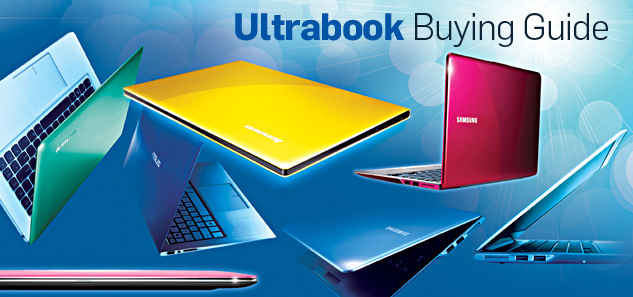
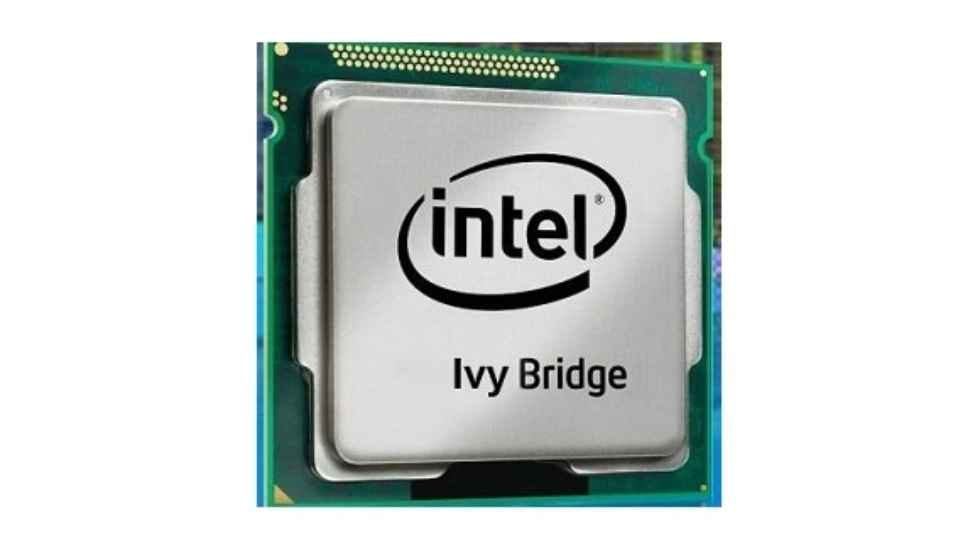
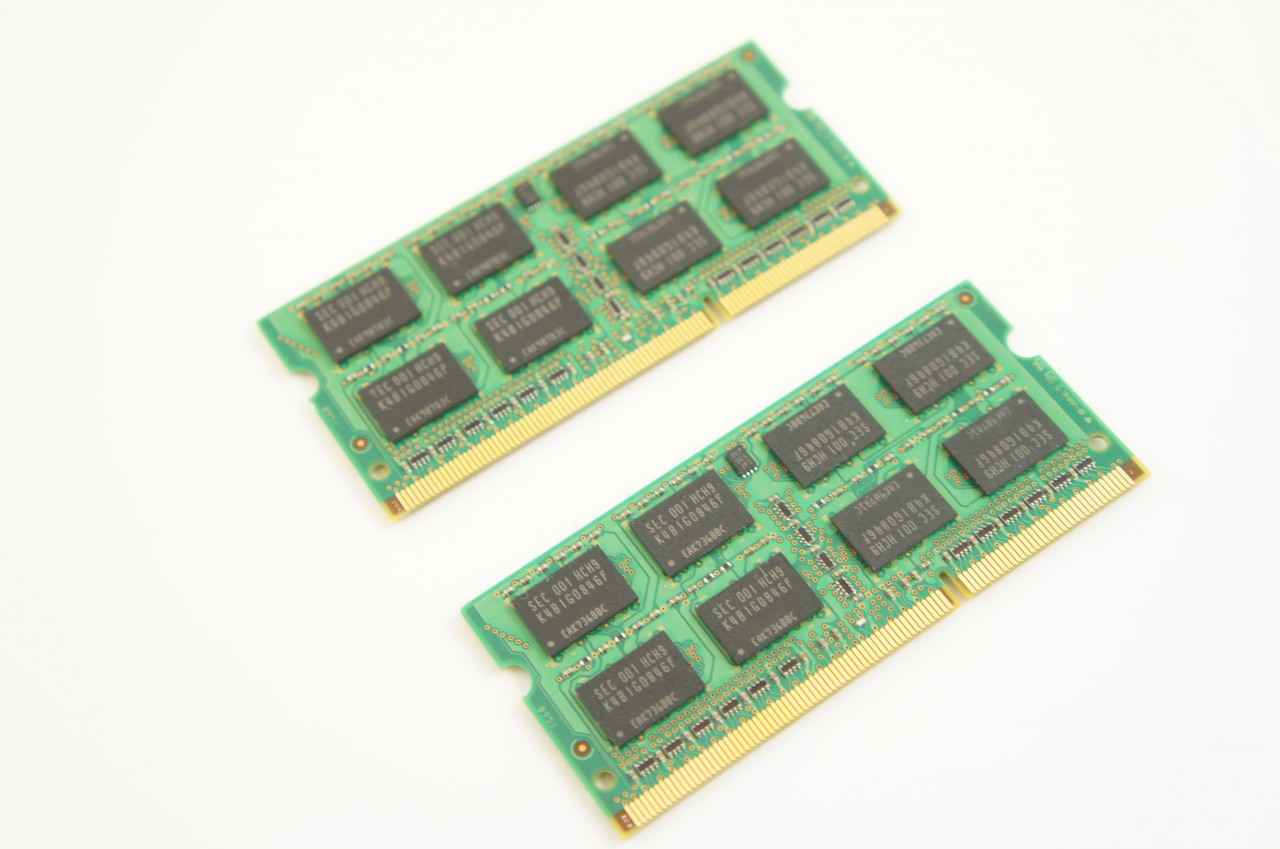
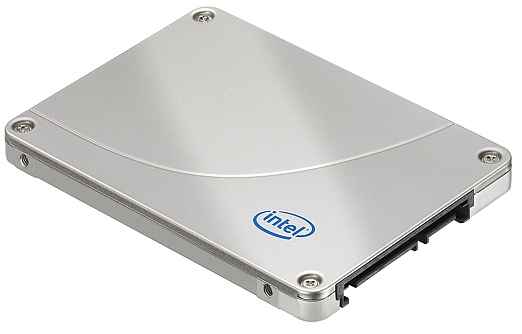
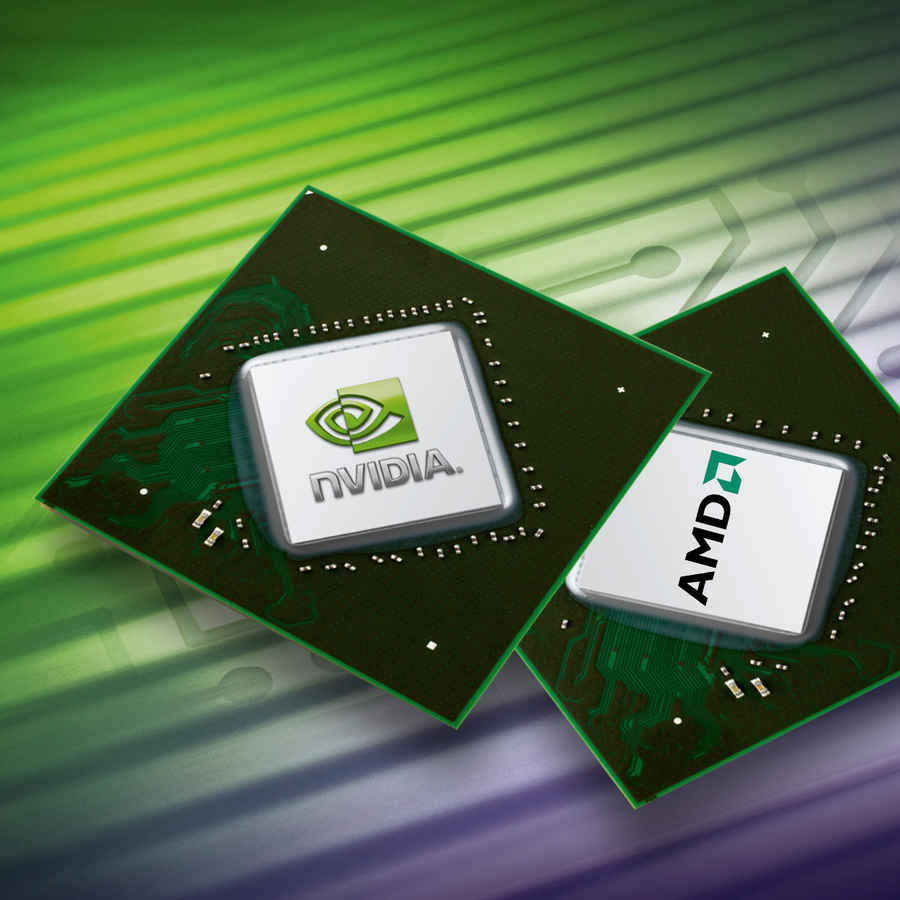
.jpg)
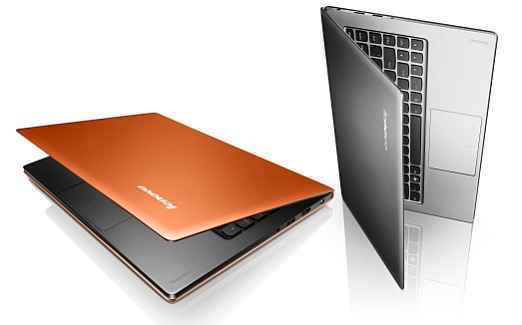
.jpg)
